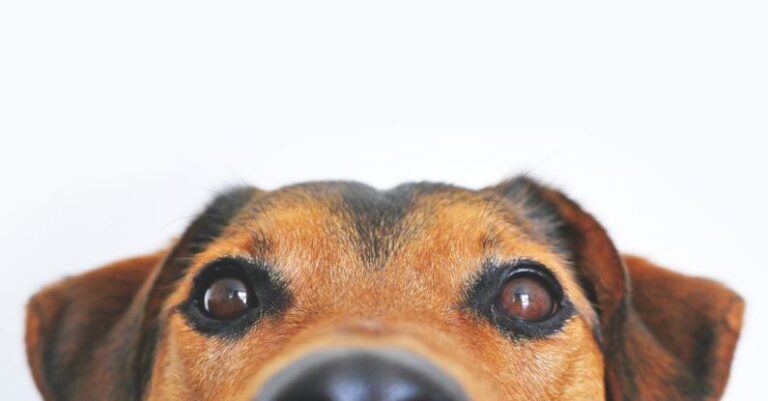
Small animals, such as rabbits, guinea pigs, hamsters, and mice, are beloved pets that bring joy and companionship to many households. However, just like humans, these animals can experience stress, which can impact their health and well-being. Recognizing the signs of stress in small animals is crucial for providing them with the care and support they need to thrive. By understanding these signs, you can ensure that your furry friends are happy and healthy. Let’s explore some common indicators that your small animal may be experiencing stress.
**Changes in Behavior:**
One of the most noticeable signs of stress in small animals is a change in behavior. If your pet is typically outgoing and social but suddenly becomes withdrawn or agitated, this could be a red flag. Pay attention to any unusual behaviors, such as excessive hiding, aggression, or lack of interest in activities they usually enjoy. These changes could indicate that your small animal is feeling stressed and overwhelmed.
**Physical Symptoms:**
Stress can manifest itself in various physical symptoms in small animals. Keep an eye out for signs such as excessive grooming or self-mutilation, which can indicate that your pet is experiencing anxiety. Other physical symptoms of stress may include loss of appetite, weight loss, or changes in bowel movements. If you notice any of these signs, it’s essential to consult with a veterinarian to rule out any underlying health issues.
**Vocalizations:**
Some small animals may vocalize their stress through sounds such as squeaking, chirping, or even hissing. Unusual vocalizations that are out of character for your pet could be a sign that they are feeling stressed or anxious. Pay attention to the frequency and intensity of these vocalizations, as they can provide valuable insights into your small animal’s emotional state.
**Changes in Routine:**
Small animals thrive on routine and consistency, so any disruptions in their daily schedule can cause stress. Changes such as moving their living environment, introducing new pets, or altering their feeding schedule can all contribute to stress in small animals. If you need to make changes to your pet’s routine, try to do so gradually to minimize their stress levels.
**Environmental Factors:**
The environment in which your small animal lives plays a significant role in their overall well-being. Factors such as temperature, humidity, noise levels, and lighting can all impact your pet’s stress levels. Ensure that your pet’s living space is quiet, clean, and free from any potential stressors. Providing your small animal with a safe and comfortable environment is essential for reducing their stress and promoting their health.
**Social Interactions:**
Small animals are social creatures that thrive on companionship. Lack of social interaction or negative interactions with other pets or humans can lead to stress in small animals. Make sure that your pet has opportunities for socialization and playtime with you and other animals if they are comfortable with it. Positive social interactions can help reduce stress and improve your small animal’s overall quality of life.
**Conclusion:**
In conclusion, recognizing the signs of stress in small animals is crucial for ensuring their well-being and happiness. By paying attention to changes in behavior, physical symptoms, vocalizations, routine, environmental factors, and social interactions, you can identify when your pet may be experiencing stress. Remember that each small animal is unique, and what may cause stress in one pet may not affect another in the same way. If you suspect that your small animal is stressed, it’s essential to consult with a veterinarian to develop a plan to help them feel more comfortable and secure in their environment. By being attuned to your pet’s needs and providing them with the care and support they require, you can help them lead a happy and stress-free life.





